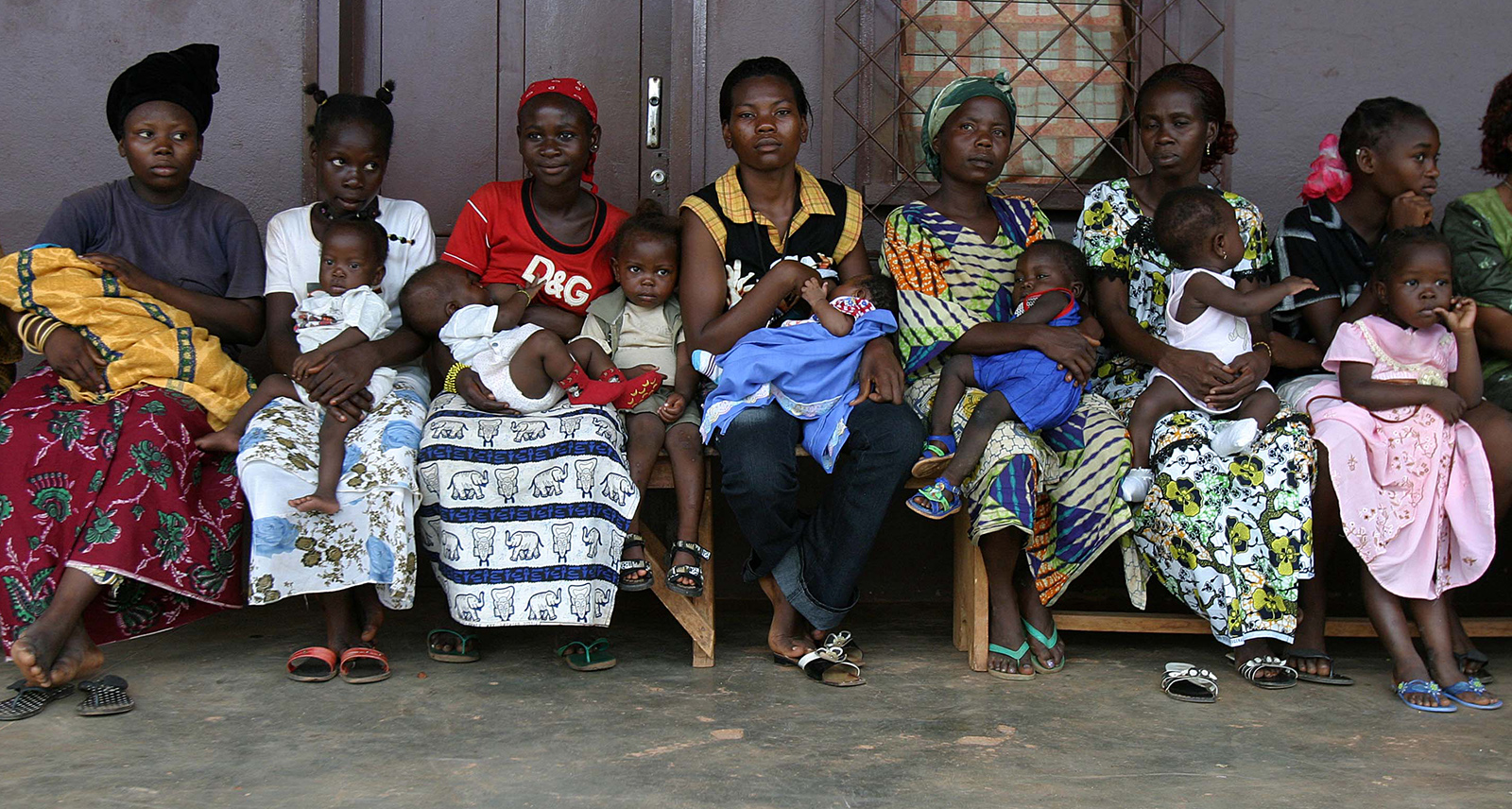Giving birth younger than 20 years old (adolescent motherhood) is a major public health and social challenge worldwide – with the impact disproportionally higher in low-and middle-income countries (LMICs). Pregnancy and childbirth complications are a leading cause of death in adolescent girls in LMICs, and children of adolescent mothers are at increased risk of infant and child mortality. Adolescent mothers also have high levels of school dropout and lack of opportunities for paid work due to the ‘double responsibility’ of household duties and child-rearing. As such, there is an urgent need to improve the life opportunities for young women and children and to reduce the pressure on public health and other systems.
21 million girls aged 15-19 in LMICs become pregnant every year, and about 12 million give birth.
World Health Organization (WHO)
Delaying motherhood is an important issue within the 2030 Agenda for Sustainable Development Goals (SDGs). Although the SDGs emphasise reducing adolescent motherhood by improving access to sexual and reproductive health care services, many adolescent health needs, including sexual and reproductive health, continue to be overlooked. More evidence is needed to understand the health problems that affect adolescent mothers and its association with child health outcomes across a wide range of LMICs.
Using nationally representative Demographic and Health Survey data from 74 LMICs across different WHO regions, this research aimed to:
- identify the temporal trend and social inequality in the prevalence of adolescent motherhood in LMICs.
- identify transition in the social determinants (household wealth, level of education, and area of residence) of adolescent motherhood in LMICs during the Millennium Development Goals and subsequent SDGs era.
- identify association between partner (husband) characteristics and adolescent motherhood among ever-married adolescent girls in LMICs.
- identify characteristics of the adolescent mother and its association with child health outcomes in LMICs.

Key findings included:
- the highest prevalence of adolescent motherhood was observed in Sub-Saharan African countries.
- the pace of decline in the prevalence of adolescent motherhood is slow in most LMICs, with several high-burden countries showing little to no change.
- inequalities in the prevalence of adolescent motherhood persisted across different socio-demographic groups within LMICs.
- adolescent girls’ levels of education increased over time but the increase in education level was less pronounced for adolescent mothers.
- child growth failure (any or combination of stunting, wasting, or underweight) was high among first born children of adolescent mothers.
- child growth failure can be predicted by the nutritional health and pregnancy care factors of adolescent mothers (e.g. antenatal care; presence of a skilled health professional during delivery; postnatal care).
The research also showed for the first time that socio-demographic factors and partner-related factors can predict the prevalence of adolescent motherhood – providing important new information to understand the predictors of adolescent motherhood in the context of marriage, which remains a common context for adolescent motherhood in LMICs.
Importantly, this research highlights that efforts to reduce adolescent motherhood and the associated health impact need to be reinforced across, and within, many LMICs. Enhanced interventions are needed to improve adolescent girls' education, nutrition, and maternal health care to better support adolescent mothers in LMICs. Finally, in keeping with the SDG motivation of ‘leave no-one behind’, targeting the most disadvantaged groups will help mitigate the social inequality currently experienced in adolescent motherhood.
The full publication, Time trends and socio-demographic inequalities in adolescent motherhood in 74 low-income and middle-income countries: a population-based study’ is available here.
This research was led by M Mamun Huda under the supervision of A/Prof Abdullah Mamun (ISSR), Dr Martin O’Flaherty (ISSR) and Dr Jocelyn Finlay (Harvard TH Chan School of Public Health, USA). Mamun Huda will continue working with ISSR in a Post-Doctoral Research Fellow position within the Social Science of Health research group.



